Today, manufacturers create so many diverse means to protect wooden surfaces from external influences, which is extremely difficult to determine for themselves the most optimal option for an untrained person. What is oil varnish, in what areas of human life is it used, and what does it matter.
- Color shades of varnishes
- Features of oil based varnish
- The composition of oil varnish
- Natural and artificial resins
- Natural or Condensed Drying Oils
- Thinners
- Siccatives
- Types of oil-based varnish coatings
- Benefits of Olive Based Varnishes
- The method of using varnish on oil
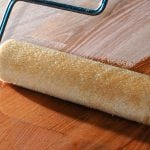
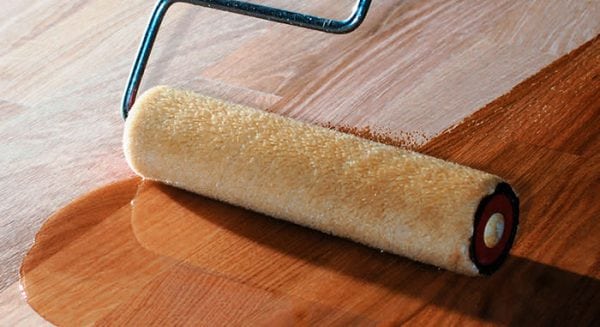
Varnish is a liquid or semi-liquid solution of various resins and solvent. A thin layer of such a substance, applied to a surface, dries out in a short period of time, forming a strong film. Such a coating of objects perfectly resists many external factors and various effects (both chemical and physical).
to contents ↑Color shades of varnishes
In color, similar compositions range from straw yellow to dark brown. And only in rare cases can you get a completely colorless varnish.
However, it is worth noting that the surface of objects is covered with such a thin layer of varnish that its color shade practically does not stand out against the general background of the surface.
In the case of oil varnish, the yellowish film discolors after some time and under the influence of sunlight, due to the drying of the oil component and the sensitivity of the dyes to ultraviolet radiation. Therefore, the presence of color in such materials is absolutely not any drawback.
to contents ↑Features of oil based varnish
Today on the shelves of building stores there is a fairly wide variety of varnishes for wooden floors or furniture. One of the most common remedies is oil varnish.
A distinctive feature of such products is that they include resins that, when heated, dissolve in vegetable oils. Such a substance exhibits high water and light fastness and forms a film with excellent ability to shine.
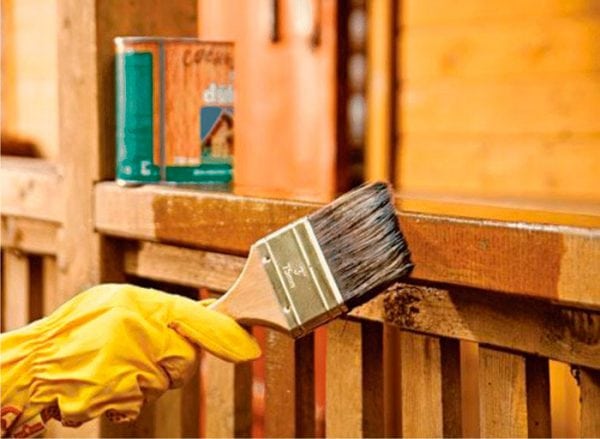
Today, such a composition is actively used to protect wood from external environmental factors. After all, wooden buildings, floors, furniture and other interior items are destroyed over time under the influence of sunlight, high humidity, insects and other negative factors. To negate this effect, the tree is varnished with oil-based varnish.
to contents ↑The composition of oil varnish
Let's study the components of oil varnish in more detail.
Natural and artificial resins
If the varnish is based on soft resins, then it will be less resistant to the effects than products based on hard resins. The most low-quality composition is a rosin product that is dissolved in linseed oil. Such a substance quickly darkens and too early to weather.
More reliable is the option of esterified rosin and polymerized oil.The combination of wood varnish and rosin allows you to get quick-drying compositions with high resistance to high humidity. But this varnish loses its appeal much faster than products with polymerized linseed oil.
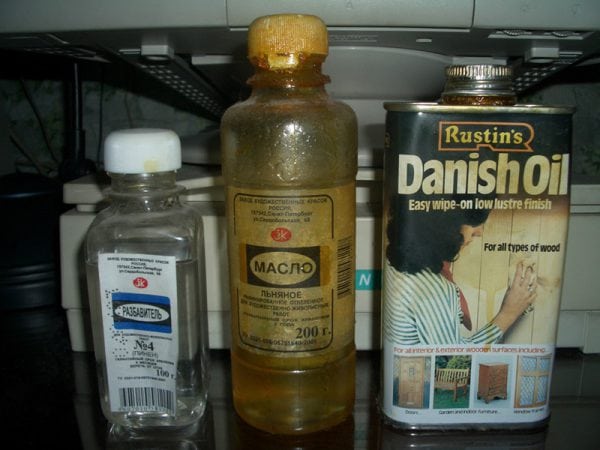
Natural or Condensed Drying Oils
They increase the elasticity of the varnish. The most common of these is polymerized oil. This component gives the material high optical resistance and excellent elasticity.
Thinners
The most common of them today are turpentine, varnish gasoline (or white spirit) and solvent naphtha. The worst option is lacquered gasoline, because its use can lead to the release of resin from the solution in the form of turbidity or dirty sediment. Ultimately, this affects the quality of the coating.
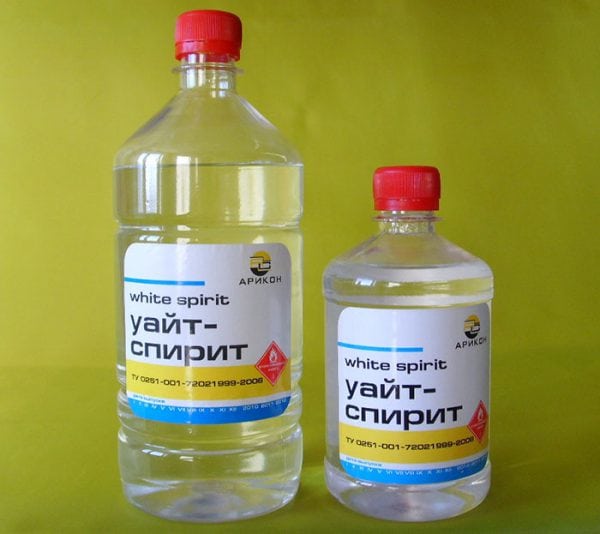
Siccatives
They have a slow evaporation rate. We mention soluble oleinates and resinates, as well as oxides. Varnishes used for technical purposes include a combination of cobalt and lead or cobalt and manganese. With such components, the surface can dry in 12 hours.
Types of oil-based varnish coatings
The quality of oil varnish is largely determined by the quantitative ratio of oil and resin in its composition. Depending on the selected proportion of these components, there are such options as:
- Fatty or "external". Contain 2 parts oil and 1 part resin. Great for outdoor applications, as they are characterized by high resistance to atmospheric influences.
- Skinny or "internal." They differ in the predominance of part of the resin over part of the oil and are not suitable for outdoor use. And indoors demonstrate a high resistance to impact.
- Bold They are characterized by the same amount of oil and resin.
As you can see, the more oil in the substance, the more resistant to negative effects it becomes and the better it protects the floor from moisture.
to contents ↑
Benefits of Olive Based Varnishes
Such finishing materials are quite popular in the domestic market and are used for processing wood: floors, furniture, etc.
Their main advantages are:
- ecological cleanliness and harmlessness;
- ability to regulate humidity of a wooden surface;
- relatively low cost;
- widespread;
- ease of use;
- high protective qualities.
The method of using varnish on oil
First you need to read the operating instructions for the selected material. Then it will need to be diluted with turpentine. Indeed, during storage, the substance may thicken. If it is diluted again, then it will lie on the tree evenly.
The oil should be applied to the tree with a brush with high stiffness bristles or a spray gun, making hand movements along and across the fibers. When applying the first, more oily layer with a brush, you can make a slight shading. It is done first across, and then along the fibers. Then the layer is evenly distributed throughout the tree.
Oil varnish dries after application longer than its analogues on volatile solvents. After all, the oil in its base evaporates for a rather long time. This happens as follows. The thinner, which is part of the varnish, evaporates, which entails its thickening into a very sticky film. Further, the oxidation process comes into play under the influence of oxygen. The coating polymerizes and finally hardens.
Before applying a second coat, dust must be removed and the dried surface must be sanded.
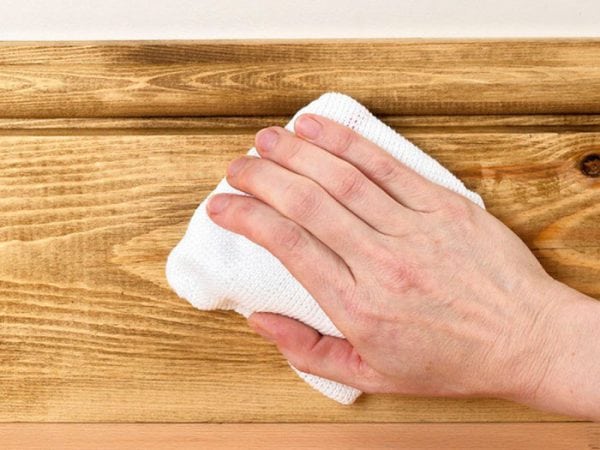
In principle, with careful and high-quality polishing, three layers are enough for the tree to acquire an enchanting sheen. The dried layer forms a glossy surface, shiny in the sun and resistant to exposure. She is not afraid of humidity, ultraviolet radiation, high temperature, etc.
The varnish dries faster in a bright, well-ventilated room with a low level of humidity. So that the room does not leave an unpleasant odor some time after drying, the room should be regularly ventilated.
To achieve maximum gloss of the varnish layer, you can use the technique of polishing. To do this, the swab is impregnated with alcohol, and its bottom is covered with a small amount of petroleum jelly or sunflower oil. Then they make circular motions on the surface so that there are no dry places.




